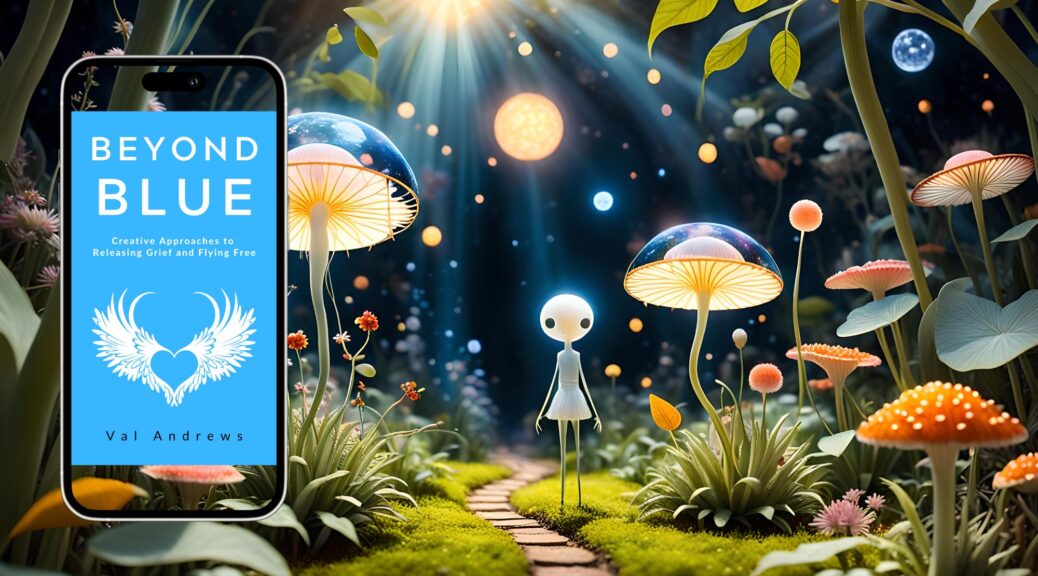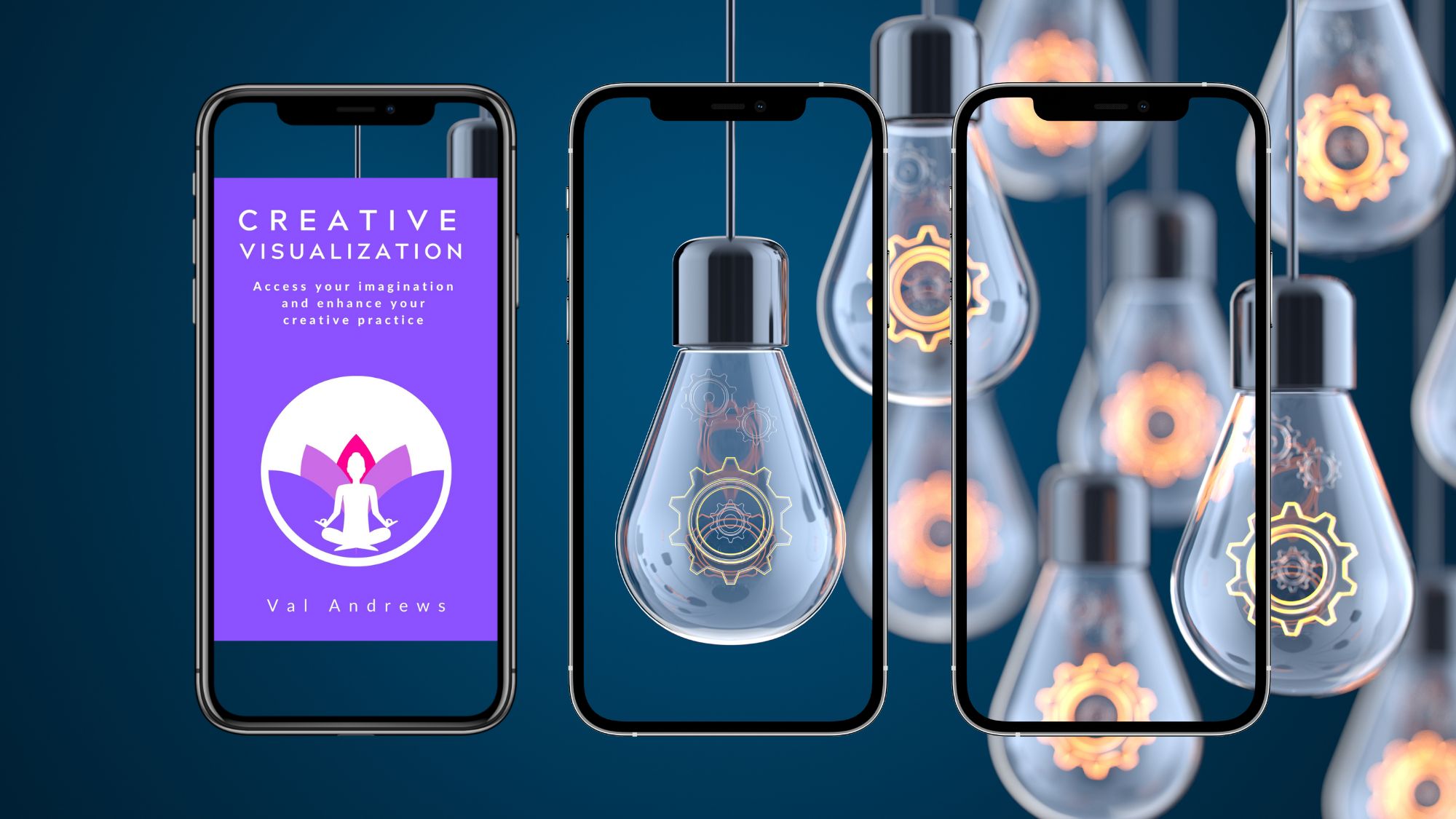Humanity seems to be rapidly approaching a tipping point at which our survival will depend on our ability to address complex and interrelated challenges. It seems that now, more than ever, we need creative thinking if we are to navigate these issues and find innovative solutions to the problems of our time. For what it’s worth, here are some of my thoughts:
Climate Change and Environmental Sustainability
We know that global warming is happening. It’s causing rising temperatures and extreme weather events that threaten ecosystems and human communities. We also know that our history of overconsumption and mismanagement of natural resources (i.e., water, soil, and biodiversity) is causing problems. Not to mention pollution (of our air, water, and soil) and its impact on the health of all living things.
Mainstream science would tell us that the solutions to these problems might be found in renewable energy sources, energy-efficient technologies, sustainable agricultural practices and eco-friendly products, buildings, and transportation systems that minimize environmental impact. Add to this, a commitment to government and corporate policies that incentivize sustainable practices and promote environmental conservation, and we might be able to ‘pull a rabbit out of a hat’ in the nick of time.
But no-one seems to be talking about the power of the planet’s children. Clearly, they will be lumbered with the legacy of these problems so it makes sense to engage them in the formation of solutions. When awakened to creative thinking, and empowered to contribute, there isn’t much that children can’t imagine or perceive.
Public Health and Pandemics
From the covid pandemic, we learned that our mortality could be more fragile than we’d previously assumed. There were movements suggesting that we, humanity, could be the next extinction event. Some even purported that we should be. Global travel, urbanization, unequal access to healthcare services and resources, and the increasing prevalence of mental health issues join this cocktail of concern.
We’re told that new vaccines, treatments, and diagnostic tools using cutting-edge technologies (i.e., CRISPR and AI) have the potential to transform these health crises. Alongside telehealth services for underserved areas and creative communication strategies, we might just combat misinformation.
But where are the voices of children in these strategies?
Food Security and Agriculture
Population growth has (almost) exponentially increased the demand for food. Yet climate change is adversely affecting crop yields and other food production systems. We clearly need to alter our paradigms to embrace sustainable farming practices if we want long-term food security across our glorious planet. Sustainable protein sources like lab-grown meat, plant-based proteins, and insect farming are in development, as are reverse engineering of supply chains.
Are children participating in these developments? I’m not seeing or hearing evidence that they are. Shouldn’t they be empowered to understand how the world’s food is grown, made, created, and delivered? Shouldn’t they be empowered to participate in the generation of alternative ideas and the formation of transformational solutions?
Economic Stability and Inequality
The growing inequality of household incomes is exacerbating socio-economic instability. Many fear that automation and AI-led tasks will increase unemployment. Add to this the growing inequity in access to education and jobs, and we’ve really got a recipe for mass despair.
We hear about economic policies that will promote wealth distribution and provide social safety nets. We’re also told that new job opportunities in emerging fields like green technology, digital economy, and creative industries will deliver positive change to our economies. Add to this, positive language about lifelong learning and upskilling opportunities, and we could feel some optimism.
But again, the voices of children seem to be missing from the development of solutions to our socio-economic issues. Yet the education system is filled with highly qualified teachers, aids, healthcare workers, and supporters who could be vital facilitators of children’s ideas. If only the education system would permit them to do so.
Social Cohesion and Political Stability
Increasing political divisions and societal conflicts, plus mass migration and human displacement, are adding to the burden of our times. Whatever the motivation—climate change, totalitarian regimes or terrorism—human displacement is on the rise. To add to the trauma of the traumatized, we use the term ‘illegal immigration’ to describe those who have fled for their lives.
We’re told that the answers lie in creative approaches to conflict resolution, strategies for building community resilience, community-based programs that promote social cohesion and support vulnerable populations. The supporting infrastructure will apparently include digital platforms that will foster dialogue, understanding, and collaboration among diverse groups.
Where are the voices in children in the formation of these policies? You may think children are not competent to participate in such discussions. Is it more likely that governments, regulatory authorities, and policy-makers are not competent listeners?
Including the voices of children
Including children in the development of solutions to the world’s most pressing problems is not just an opportunity but a necessity. Children offer fresh perspectives unburdened by the constraints of conventional thinking. Their creativity and innovative potential can lead to ground breaking ideas and solutions that adults may overlook. By empowering and involving them now, we can surely cultivate a generation of engaged, informed, and proactive global citizens.
Let’s start with fiction
The vision of child empowerment is powerfully reflected in best-selling adventure stories where children are transformational leaders. In the “Harry Potter” books, young wizards confront and defeat dark forces, demonstrating bravery and ingenuity. In “The Hunger Games”, we read about Katniss Everdeen, a teenager who inspires and leads a rebellion against a totalitarian regime. And in “Percy Jackson & The Olympians”, young demigods embark on quests to save the world from ancient evils.
These narratives not only captivate readers but also illustrate the profound impact of youthful determination and creativity in driving positive change. By publishing more stories where children are transformational leaders of profound change, we can inspire real-world action and highlight the vital role young minds play in shaping our future.
Molly’s Magical Adventures
This theme is central to my fiction series: Molly’s Magical Adventures a science fiction and eco-magic series for children aged 7-12. In this series, Molly and Michael, two passionate young scientists, uncover and address environmental mysteries in the jungles of Papua New Guinea. Their adventures showcase the curiosity and courage of children as cornerstones to significant change. Readers have praised the series for its mix of hardcore science, engaging characters, and vivid settings, likening it to classic adventures but updated for today’s audience.
An integrative strategy
Surely, by publishing more stories in which child protagonists are the leaders of transformational change, we can begin to inspire the next generation of humans to take an active role in solving the world’s problems and protecting our planet. Additional components to an integrative strategy might be:
- Educational Integration: Incorporate these books into school curriculums to foster critical thinking, problem-solving, and creativity. Use accompanying lesson plans that encourage discussion and projects related to the themes in the stories.
- Interactive Workshops and Activities: Organize workshops where children can engage in hands-on activities related to the book’s themes, such as environmental science experiments or creative writing exercises that promote innovative thinking.
- Parental and Community Involvement: Encourage parents and community leaders to participate in reading and discussion groups with children. This creates a supportive environment where children’s ideas are valued and expanded upon.
- Digital Platforms and Apps: Develop digital platforms or apps that complement the books with interactive features, such as virtual reality experiences of the story settings, games that involve solving environmental problems, and forums for children to share their ideas and solutions.
- Youth Leadership Programs: Establish programs that promote leadership skills among young readers. These programs can include mentorship opportunities, public speaking engagements, and community service projects inspired by the themes of the books.
- Collaborations with Nonprofits and Environmental Organizations: Partner with organizations focused on sustainability and child empowerment to create joint initiatives that encourage children to actively participate in real-world problem-solving efforts.
- Competitions and Challenges: Organize competitions and challenges where children can present their own innovative ideas and solutions to global problems, inspired by the adventures and challenges faced by the characters in the books.
Implementing these strategies might ensure that children are not only inspired by stories of young heroes but also equipped and empowered to become leaders and innovators in their own right. Surely it’s worth a try, right? What do you think? Let us know in the comments section.









